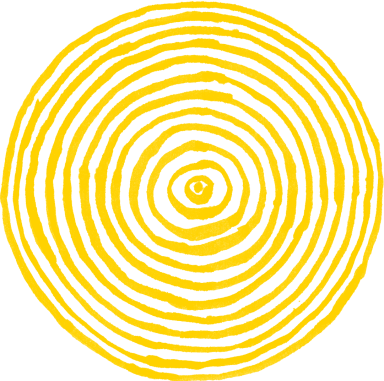Natural family planning

Natural family planning means tracking the changes in your body and predicting when you’re most likely to get pregnant. You then use other, non-hormonal contraception during this fertile time, which can last up to 10 days.
It has no health risks. It’s a good option if you have a regular menstrual cycle and are willing to track your cycle daily.
frequency: daily
effectiveness: 76%
STI protection? no
periods: won't change
What you need to know about natural family planning
Natural family planning is a highly effective method of contraception, with no health risks. To prevent pregnancy, you need to pay attention to changes in your body, record these accurately and take extra precautions for at least 10 days each cycle.
How does natural family planning work?
Natural family planning helps you work out when you’re most likely to get pregnant. You can do this by tracking your temperature, cervical mucus and periods as well as using an app to monitor your cycle.
How to use natural family planning
You can train to use the manual method or use an app. Over time, using the chart or app means you can predict when you need to avoid sex or use extra contraception to prevent pregnancy.
There are no risks or side effects
As you’re not changing your body by having a procedure or using hormones, there are no health risks, benefits or side effects.
Do you need help with something else?
Find sexual health services near you
Get sexual health advice from the experts






